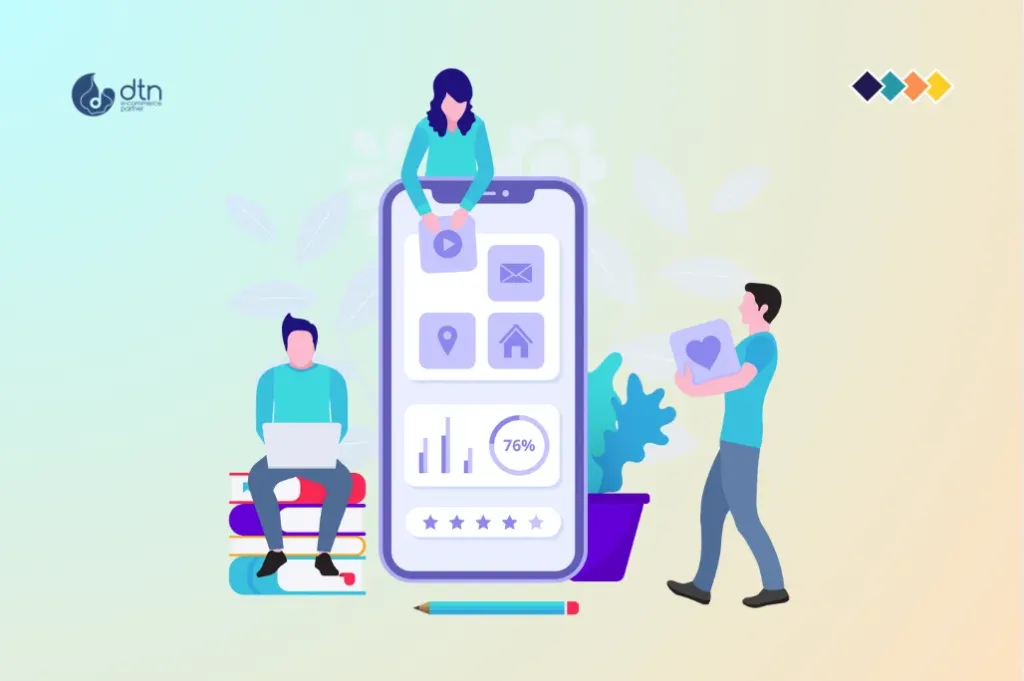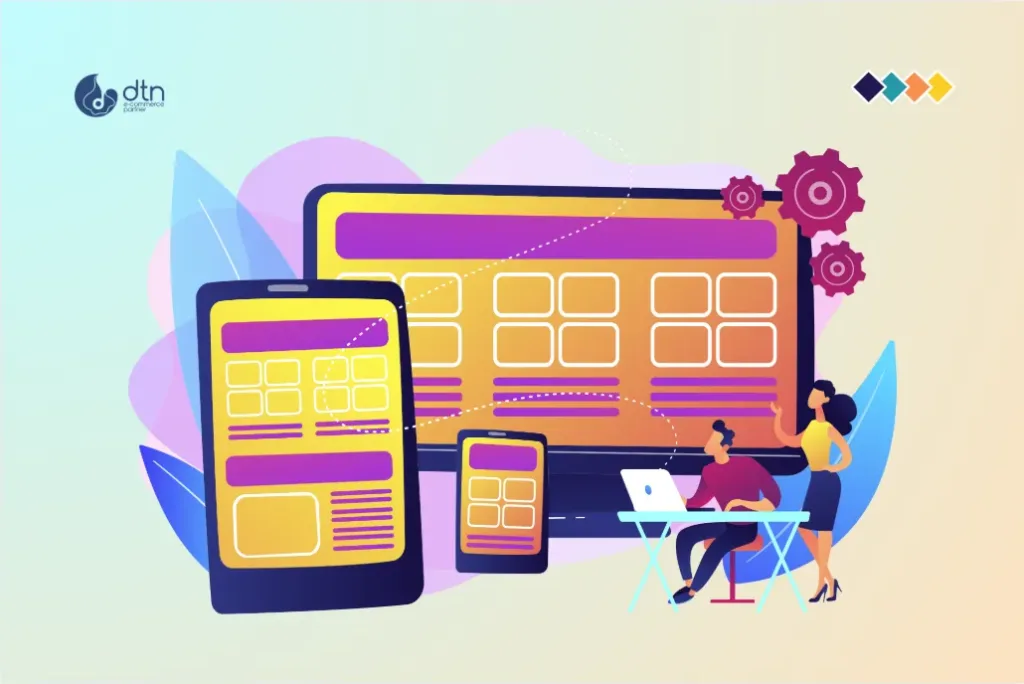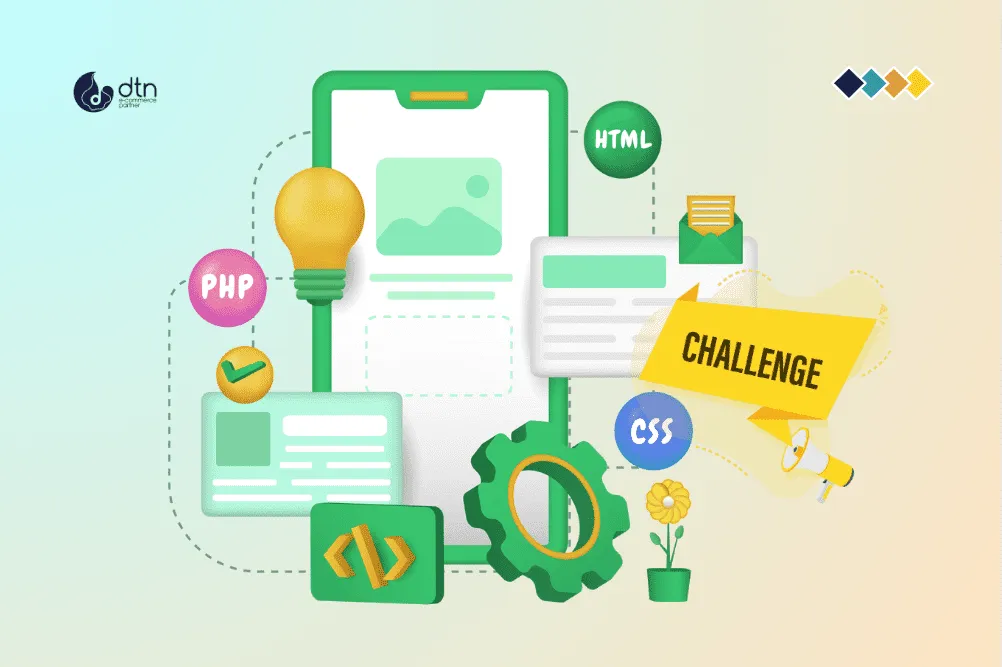Imagine opening a shopping app on your commute and browsing the latest collection offline, only to receive a push notification for a flash sale tailored just for you. That seamless, personal experience is why native mobile apps are transforming e-commerce. With mobile commerce driving over 50% of online sales globally (Statista.com, 2025), a native app isn’t just a nice-to-have—it’s essential for businesses aiming to stand out. This guide explores why native apps matter, how to build one that excels, and how to overcome challenges, all while keeping your customers engaged. Whether you’re a small business owner or a marketing professional, these insights will help turn clicks into loyal shoppers.
Why Native Apps Are Crucial for E-commerce
Mobile shopping is booming—think billions of users browsing apps daily (Shopify.com, 2024). Native apps, explicitly built for iOS or Android, harness a device’s full potential to deliver fast, intuitive experiences that mobile websites struggle to match. They’re your chance to make shopping feel personal, from tailored deals to rapid load times.
Why choose native? They boost engagement: push notifications can increase retention significantly (Airwallex.com, 2024). They also drive sales, with apps often seeing higher conversion rates than mobile sites (Checkout.com, 2024). Plus, they work offline, letting customers browse even in areas with poor connectivity. For more on optimising your online store, check our e-commerce SEO guide.

What Makes Native Apps Stand Out
Here’s why native apps give your e-commerce business an edge:
- Tailored Experience: Designed for specific platforms, they integrate with device features like cameras or GPS, making shopping intuitive—think scanning a product barcode in-store.
- Lightning-Fast Speed: Native apps load quicker than mobile sites, reducing bounce rates and boosting satisfaction (Worldpay.com, 2024).
- Offline Access: Users can browse catalogues or save baskets without internet, ideal for travellers or rural shoppers.
- Push Notification Power: Send personalised alerts—like a discount reminder—to re-engage users, driving repeat purchases.
- Loyalty Boost: Exclusive app-only deals or rewards programmes make customers feel valued, encouraging them to return.
For instance, a fashion retailer used app-exclusive discounts to increase repeat purchases, while a tech brand saw app users spend more thanks to tailored product suggestions.

Building a Native App: A Step-by-Step Plan
Creating a native app may seem daunting, but a clear plan makes it achievable. Here’s how to start:
1. Plan with Purpose
- Know Your Audience: Understand who’s shopping—busy urban professionals or global travellers? Study their mobile habits.
- Set Goals: Want more sales, better brand visibility, or higher retention? Define success early.
- Analyse Competitors: Review top apps in your niche (e.g., fashion or electronics) to identify successful strategies and areas for differentiation.
2. Design and Develop
- Focus on User Experience: Create simple navigation and visuals that reflect your brand—think clean menus and vibrant colours.
- Choose Platforms: Start with iOS or Android based on your audience; cross-platform tools like React Native can save costs later.
- Integrate Smartly: Link your app to your e-commerce platform (Shopify, WooCommerce) for real-time stock and customer data.
- Hire Experts: Partner with developers experienced in e-commerce to ensure your app is robust and scalable.
3. Test and Launch
- Test Thoroughly: Run alpha and beta tests to eliminate bugs, ensuring a smooth experience.
- Nail App Store Submission: Follow Apple and Google’s guidelines to pass approvals smoothly.
- Optimise for Discovery: Use App Store Optimisation (ASO) with keywords like “e-commerce shopping” and compelling screenshots.
4. Market and Refine
- Promote Actively: Share your app via social media, email campaigns, or influencer partnerships.
- Keep Improving: Use user feedback and analytics to add features—like a wishlist—or fix issues.
A skincare brand launched a native app with a streamlined checkout and saw cart abandonment drop, thanks to offline browsing and targeted notifications.

Overcoming Common Challenges
Native apps offer tremendous benefits, but challenges exist. Here’s what to watch for:
- Higher Costs: Building for iOS and Android can be expensive. Cross-platform frameworks can reduce costs by up to 30% (Forbes.com, 2024).
- Time-Intensive: Developing separate apps takes longer than a single mobile site. Start with one platform to save time.
- App Store Delays: Strict approval processes can slow launches. Plan for 2-4 weeks of review time.
- Ongoing Maintenance: Regular updates and security patches are vital to keep performance smooth and users safe.
AI can ease these hurdles—tools like automated testing or predictive analytics streamline development, saving time and money (Stripe.com, 2024). For global reach, pair your app with tips from our multi-currency payments guide.
Measuring Success and Optimising
Track these metrics to gauge your app’s impact:
- Downloads and Engagement: Monitor installs and active users via Google Analytics or app store dashboards.
- Conversion Rates: Check if app users buy more than website visitors—expect a noticeable uplift (Checkout.com, 2024).
- Retention: Measure repeat visits; push notifications can boost this significantly (Airwallex.com, 2024).
- User Feedback: Use reviews to spot issues or add requested features, like faster checkouts.
A/B test features—like different checkout flows—to find what drives sales. One retailer tweaked their app’s notifications and saw a surge in repeat purchases.
Practical Tips for a Standout App
- Start Simple: Launch with core features (browsing, checkout) and add extras later.
- Leverage AI: AI-driven recommendations can personalise product suggestions, boosting sales.
- Promote Early: Build buzz before launch via social media or email campaigns.
- Prioritise Mobile: With most traffic on phones, ensure speed and ease (Shopify.com, 2024).
A coffee brand’s app offered loyalty points via push notifications, keeping customers returning. A tech store added AI product suggestions, increasing average order values.
Wrapping Up: Your App, Your Advantage
Native apps are your secret weapon in 2025’s mobile-driven e-commerce world, where over 50% of sales come from phones (Statista.com, 2025). They offer speed, personalisation, and engagement that keep customers coming back. By planning strategically, tackling challenges, and using data to refine, you’ll turn your app into a sales powerhouse.
Ready to go mobile? Start with one platform, test thoroughly, and promote boldly. Contact our e-commerce experts for tailored advice to make your app a success. Your customers are waiting—give them an app they’ll love.
References
- Statista.com, 2025: https://www.statista.com/outlook/emo/ecommerce/worldwide
- Shopify.com, 2024: https://www.shopify.com/enterprise/blog/global-ecommerce-statistics
- Airwallex.com, 2024: https://www.airwallex.com/blog/cross-border-payments
- Checkout.com, 2024: https://www.checkout.com/resources/payment-security
- Worldpay.com, 2024: https://www.worldpay.com/en/insights-hub/article/global-payments-report
- Forbes.com, 2024: https://www.forbes.com/sites/forbesbusinesscouncil/2024/03/04/the-future-of-cross-border-payments-in-apac-opportunities-and-challenges/
- Stripe.com, 2024: https://stripe.com/resources/more/global-payments
Q&A: Your Native App Questions Answered
Why are native apps vital for e-commerce in 2025?
They deliver fast, personal experiences that boost engagement and sales, with mobile commerce driving over half of online revenue (Statista.com, 2025).
How can I build a native app on a budget?
Focus on one platform (iOS or Android) and use tools like React Native to cut costs. Hire experienced developers for efficiency.
What challenges come with native app development?
Expect higher costs, longer timelines, app store delays, and ongoing updates. Plan ahead and consider cross-platform options.
How can I promote my e-commerce app effectively?
Use ASO with targeted keywords, share on social media, and collaborate with influencers to drive downloads (Shopify.com, 2024).
Are native apps better than mobile websites?
Yes, for speed, offline access, and push notifications, which can lift conversions significantly over mobile sites (Checkout.com, 2024).



